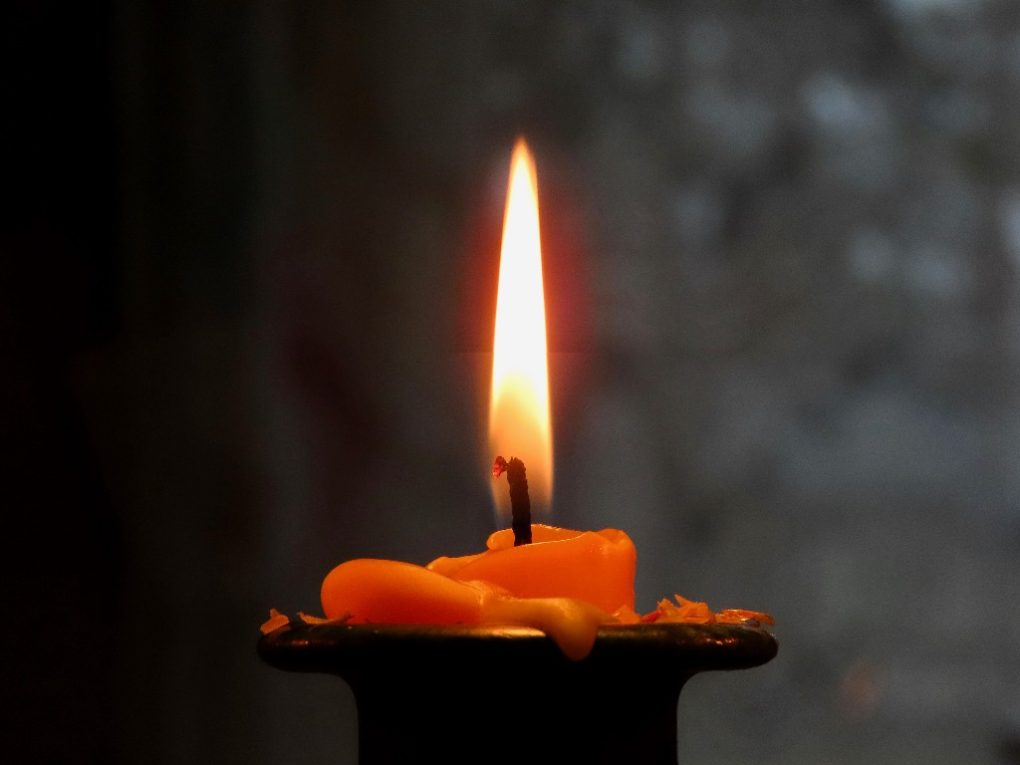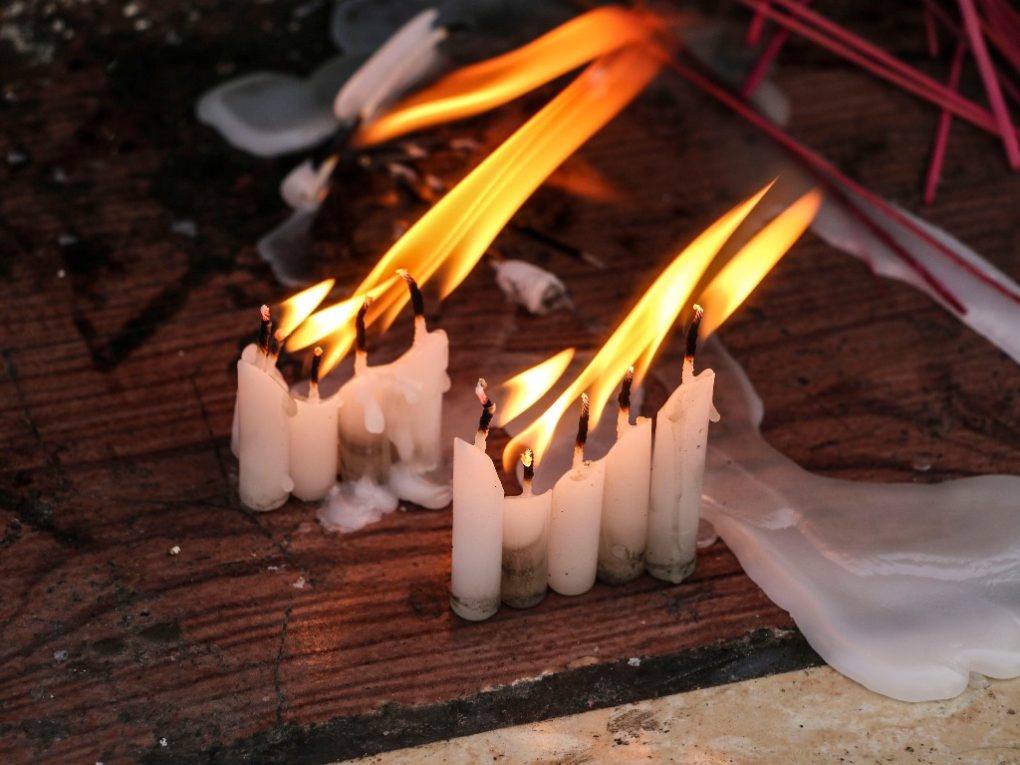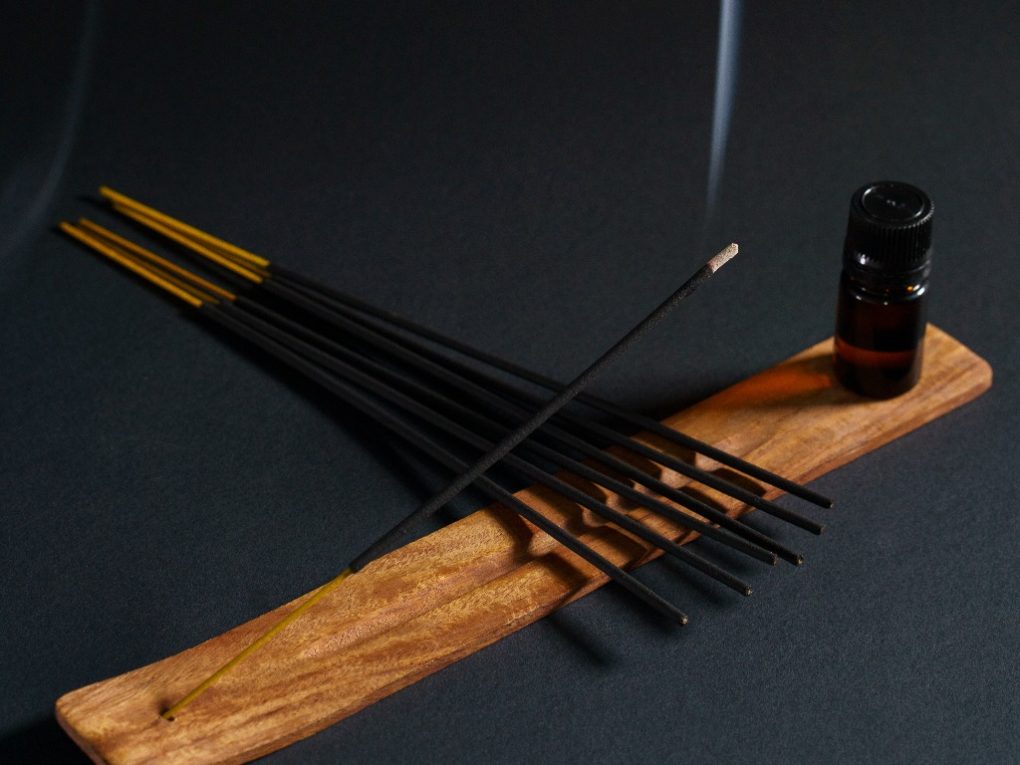Can a Candle Burn a House Down: Hazards of Candle and How to Deal With It
Yes, a candle can potentially burn down a house if it is not used safely or is left unattended. Candles can cause fires if placed near flammable materials such as curtains, papers, or clothing or if pets or children knock them over. Additionally, if a candle burns for too long, the heat can build up and cause the wax to melt and overflow, igniting a fire.


According to the National Fire Protection Association, candles cause 7,400 home fires yearly. These fires result in an average of 80 deaths and 720 injuries yearly. Additionally, candles are responsible for an annual $264 million in direct property damage.
While candles can be a beautiful addition to any room, it is important to use them safely. This article will discuss the potential dangers of candles, how to use them safely, and what to do in case of a candle-related fire.
Candles and Fire Hazards
While candles can be enjoyable, they can also be dangerous if not used properly. Based on the National Fire Protection Association (NFPA), candles caused 2% of reported home fires, 3% of home fire deaths, 6% of home fire injuries, and 4% of the direct property damage in home fires. One-third (37%) of home candle fires started in bedrooms, causing 35% of deaths and 47% of injuries.
One of the main fire hazards of candles is that they are open flames, which means they can easily ignite anything that can burn, such as curtains, bedding, or furniture. Additionally, candles can cause fires if placed too close together or near other flammable objects, such as paper or clothing. Candles can also be knocked over accidentally, which can cause the wax to spill and ignite nearby objects.
Following a few simple safety tips is important to reduce the risk of fire hazards associated with candles. For example, candles should be placed in sturdy, non-flammable holders large enough to catch dripping wax. Candles should also be kept at least 12 inches away from objects and materials that can burn and should never be left unattended or burned while you sleep.
Factors That Affect Candle Fires
Different types of wax have different burning characteristics. For example, soy wax burns at a lower temperature than paraffin wax, which can affect the flame size and burning time. The wick’s size can affect the flame’s size and the amount of heat generated. For example, a wick that is too small may not burn hot enough to melt the wax, while a wick that is too large can create a too-large flame and cause the candle to burn too quickly or unevenly.
The shape of the candle can also affect the way it burns. Taper candles, for example, may drip wax as they burn, while container candles may burn more evenly because the wax is contained within the vessel. Also, adding fragrances or other additives to the wax can affect how the candle burns. Finally, some fragrances can cause the wax to burn more quickly, while others can affect the color or texture of the wax.


Airflow can affect the way a candle burns. Based on observation, drafts from open windows or doors can cause the flame to flicker or burn unevenly. Where the candle is placed can also affect the way it burns. Candles placed near flammable materials or in a location not level may not burn properly and can be a fire hazard. Burning a candle for too long can make the wax to become too hot, creating a larger flame and increasing the fire risk.
Tips on Preventing Candle Fires
Candles can build a cozy and relaxing atmosphere in your home but can also be a fire hazard if not used properly. Here are tips to help you use candles safely:
- Keep candles at least 12 inches away from anything that can burn, including curtains, furniture, and bedding.
- Use sturdy candle holders that won’t tip over easily and are big enough to catch dripping wax.
- Trim the wick to 1/4 inch before lighting the candle to prevent high flames and uneven burning.
- Never leave candles unattended. Extinguish all candles before leaving the room or going to bed.
- Avoid using candles in bedrooms, bathrooms, and other areas where people may fall asleep.
- Keep candles out of reach of children and pets.
- Consider using flameless candles or LED lights as a safer alternative to traditional candles.
Alternatives to Candles


- Essential oil diffusers: Essential oil diffusers use ultrasonic technology to disperse essential oils into the air, creating a pleasant scent and promoting relaxation.
- Incense sticks: Incense sticks are made of aromatic plant materials and are often used in spiritual and religious ceremonies. They come in various scents and can create a calming atmosphere.
- Oil burners: Oil burners use a small tea light candle to heat a dish of scented oil, releasing its fragrance into the air.
- Reed diffusers: Reed diffusers use scented oils absorbed by thin reeds, releasing the fragrance into the air. They are often used in bathrooms or small rooms.
- Wax melts: Wax melts are small pieces of scented wax that are melted in a warmer to release their fragrance. They are a popular alternative to candles because they do not produce smoke or soot.
- Electric wax warmers: Electric wax warmers use a heating element to melt scented wax without a flame. They are a safer alternative to candles and are often used in homes with pets or children.
- Room sprays: Room sprays are a quick and easy way to freshen a room. They come in various scents and can be sprayed into the air or onto fabrics like curtains or pillows.
- Scented sachets: Scented sachets are small cloth bags filled with aromatic materials like dried flowers or herbs. They can be placed in drawers, closets, or even cars to keep things smelling fresh.
